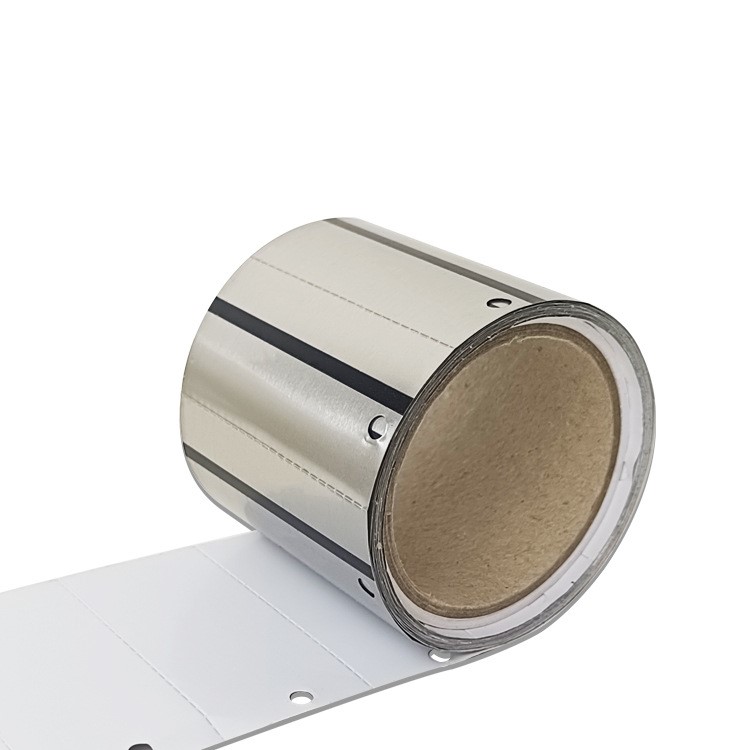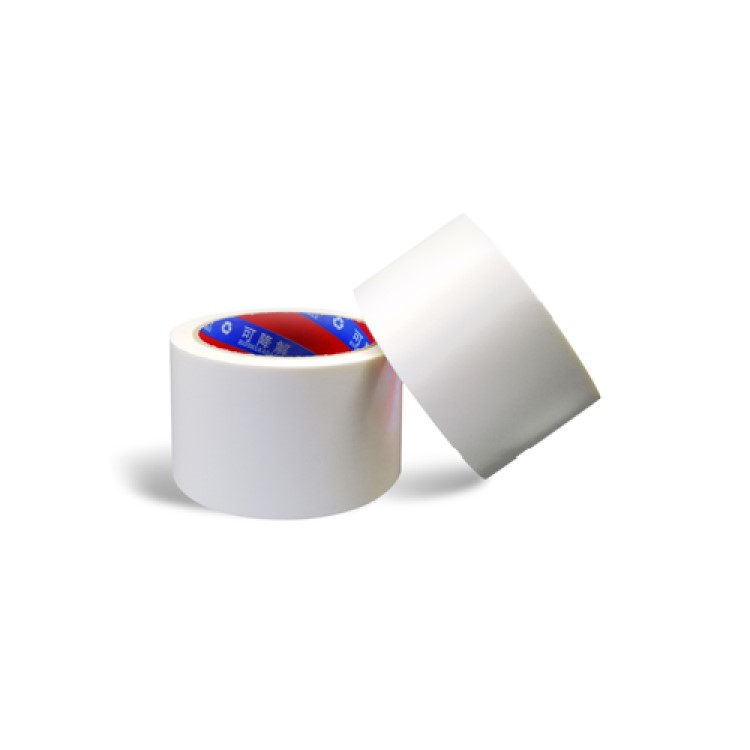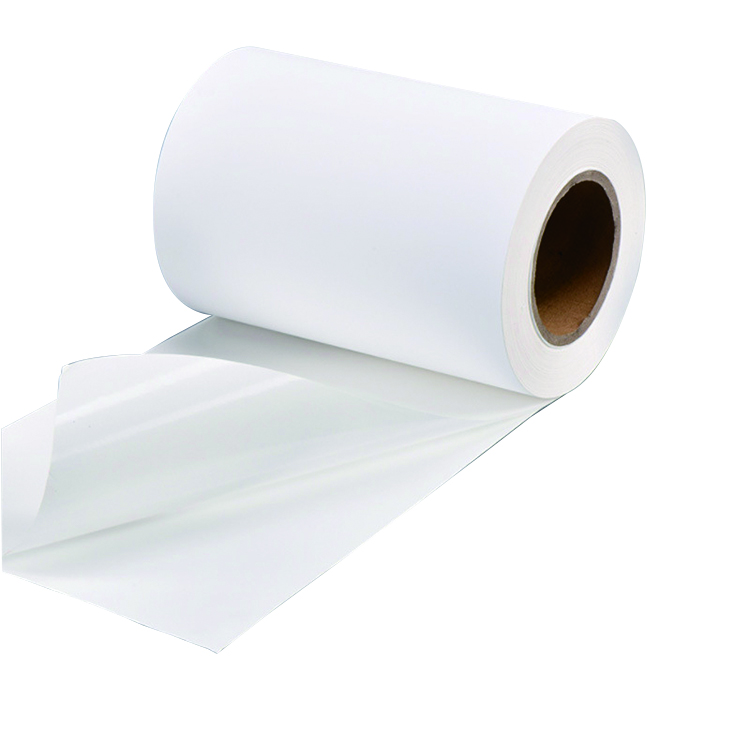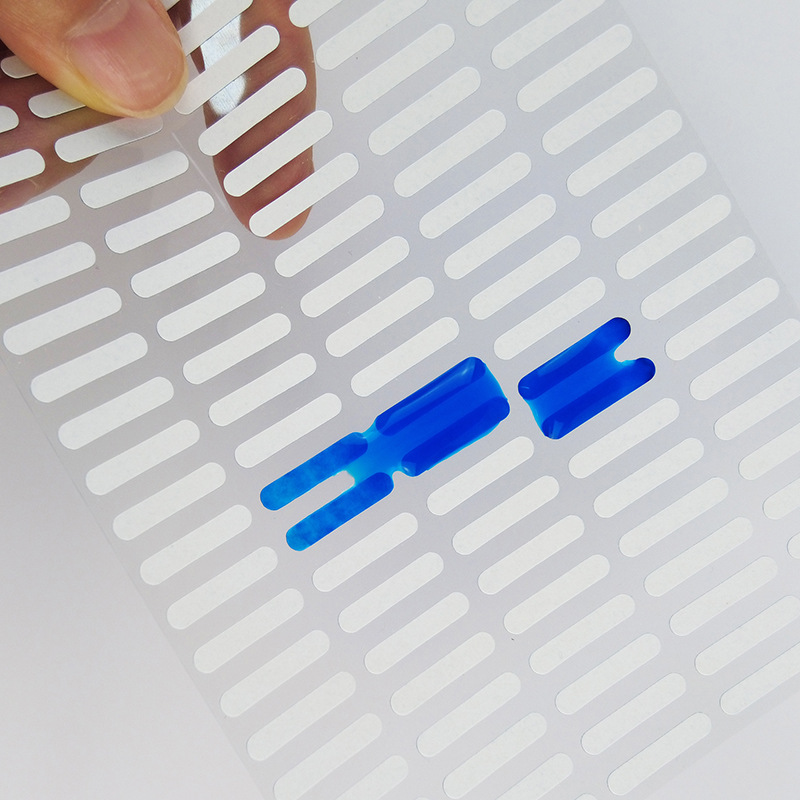Introduction
The sticker label industry has witnessed a remarkable transformation with the advent of transparent sticker printing technology. This innovative approach has opened up new avenues for businesses, enabling them to create captivating and aesthetically pleasing labels. In this guide, we will delve into the intricacies of printing on transparent stickers, providing a detailed overview of the process and its impact on the industry.The Advantages of Transparent Sticker Labels
Transparent sticker labels have gained immense popularity due to their versatility and visual appeal. Unlike traditional paper-based labels, transparent stickers offer a seamless integration with the product, giving it a modern and sophisticated look. These labels are highly durable and resistant to environmental factors, making them suitable for a wide range of applications.
Moreover, transparent sticker labels allow for a high level of customization, enabling businesses to showcase their brand identity with precision. The clear background provides a unique canvas for vibrant and intricate designs, ensuring that the label stands out in a crowded market.
Materials and Printing Techniques
The success of transparent sticker labels hinges on the selection of high-quality materials and the adoption of advanced printing techniques. Opting for premium-grade transparent films is essential to achieve the desired clarity and durability. These films should be compatible with various printing methods, including digital, offset, and flexographic printing.
Additionally, UV-resistant inks are crucial for maintaining the label's vibrancy and preventing fading over time. Specialized printing presses equipped with precise registration systems are employed to ensure accurate color reproduction and sharp detailing.
Prepress and Design Considerations
Creating an eye-catching and effective transparent sticker label requires meticulous prepress planning and thoughtful design considerations. The artwork should be prepared in high-resolution, vector-based formats to guarantee sharpness and clarity. It is imperative to account for bleed and trim areas to avoid any unwanted white spaces around the label.
Furthermore, designers must be mindful of the transparency effect when incorporating graphics or text. Striking a balance between opacity and transparency is crucial to ensure that the label remains legible and visually appealing. Conducting thorough color testing is recommended to ascertain that the final product meets the desired visual standards.
Application and Market Trends
The versatility of transparent sticker labels has led to their widespread adoption across various industries. They find applications in sectors such as cosmetics, food and beverage, electronics, and more. Transparent labels are particularly favored for products that require a sleek and minimalist appearance.
In recent years, the market has witnessed a surge in demand for sustainable and eco-friendly labels. Transparent labels, when paired with eco-conscious materials, align with this trend, offering an environmentally responsible labeling solution.
Conclusion: Embracing the Future of Labeling
Printing on transparent stickers has redefined the label industry, offering businesses a powerful tool to enhance their brand image and product presentation. By leveraging advanced materials, printing techniques, and design considerations, businesses can create labels that captivate consumers and stand out in a competitive market.
As the demand for transparent sticker labels continues to grow, staying abreast of emerging trends and technologies in the industry will be pivotal for businesses seeking to maintain a competitive edge. Embracing this innovative approach to labeling is not only a testament to a company's commitment to quality but also a step towards a more sustainable and visually captivating future.
We offer comprehensive technical support, including free professional labeling solutions, advice on label materials and adhesive selection, as well as online/offline assistance from professional software and hardware engineers. Service email: andy@ownlikes.cn. In pre-sales, we leverage our extensive experience in specialty labeling projects to provide clients with the most suitable hardware solutions. Additionally, all our label barcode printers and scanners come with a three-year free warranty, demonstrating our confidence in our products.






This site is protected by reCAPTCHA and the Google Privacy Policy and Terms of Service apply.